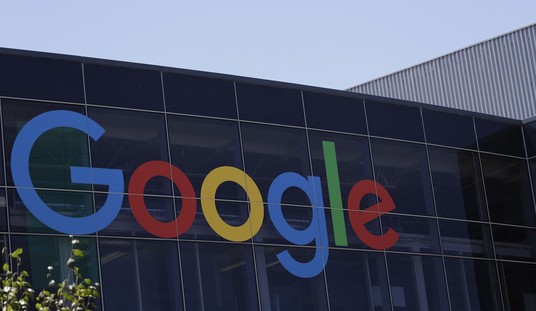Editor's note: this post was coauthored by Robert Sinche
Neel Kashkari, the Republican candidate for governor of California, just recounted in the Wall Street Journal his week on the streets of Fresno posing as a homeless man looking for work. At the end of his op-ed, Kashkari lamented that he didn't need a higher minimum wage, paid sick leave, or a health-care plan. What he needed was a job.
And Kashkari made the important point that all those government benefits, especially extended unemployment benefits, are workdisincentives that may actually block job creation.
To be sure, there are signs that employment in the country is rising more rapidly these days. The February to July period was the first six-month stretch of consistent employment gains above 200,000 since 1997. And that came without any new programs from the federal government to "create jobs." Even more surprising, those gains overlapped a quarter in which GDP actually contracted.
So what drove the increase? University of Chicago professor Casey Mulligan put his finger on it: "Major subsidies and regulations intended to help the poor and unemployed . . . reduce incentives for people to work and for businesses to hire." And guess what happened when federal emergency job assistance ended? Job increases were the best in 17 years.
Economists tend to focus primarily on the demand for labor in analyzing employment trends, giving short shrift to the supply of labor. Indeed, given the harsh winter weather and first-quarter drop in real GDP, it's hard to believe that the demand for labor increased significantly in February and March. But is there anything about the supply of labor that could explain the improvement in employment?
Recommended
Well, there is a very good reason to believe that extending unemployment benefits to a maximum of 99 weeks in recent years held back the labor supply. Rather than taking a job, extended unemployment benefits made it easier for potential workers to lengthen their job searches, hold out for higher-wage positions, or just choose not to work.
However, supply-side theory would also suggest that as extended unemployment benefits expired at the end of last year -- despite major handwringing from the president and Democratic leaders -- workers would go back to work. And they did. Technically, this would be visible as an outward expansion of the supply-of-labor curve. Without the crutch of continued unemployment benefits, workers are willing to take jobs, even at a somewhat lower wage. They know that work is its own virtue.

The lesson here is that if you pay people not to work, you get less work. In fact, this is a universal problem. Record-breaking increases in recent years in food stamps, disability benefits, and various forms of welfare have reduced incentives to work and earn. But it's clear over the first half of the year that lower unemployment subsidies have generated higher employment, which helps explain why employment growthaccelerated and the unemployment rate fell another half percentage point when overall GDP growth slowed to a near 1 percent pace.
Congressman Paul Ryan has the right idea to solve the wrong-way incentives generated by big government. He would block-grant all the transfer-assistance programs and send them back to the states. Importantly, Ryan wants to restore lower eligibility requirements and reduce benefit-assistance time limits. Plus, he would expand the earned-income tax credit to ease the transition from welfare to work without prohibitive increases in marginal tax rates.
Policymakers should listen to Ryan. And they should carefully observe what's been happening with lower government employment assistance and higher jobs growth.
As Neel Kashkari pointed out, many in our country just want to work. They just need a job, which is the greatest form of welfare. But for a change, let's get policies that actually increase the incentives to work and earn. The whole country will benefit.

























Join the conversation as a VIP Member